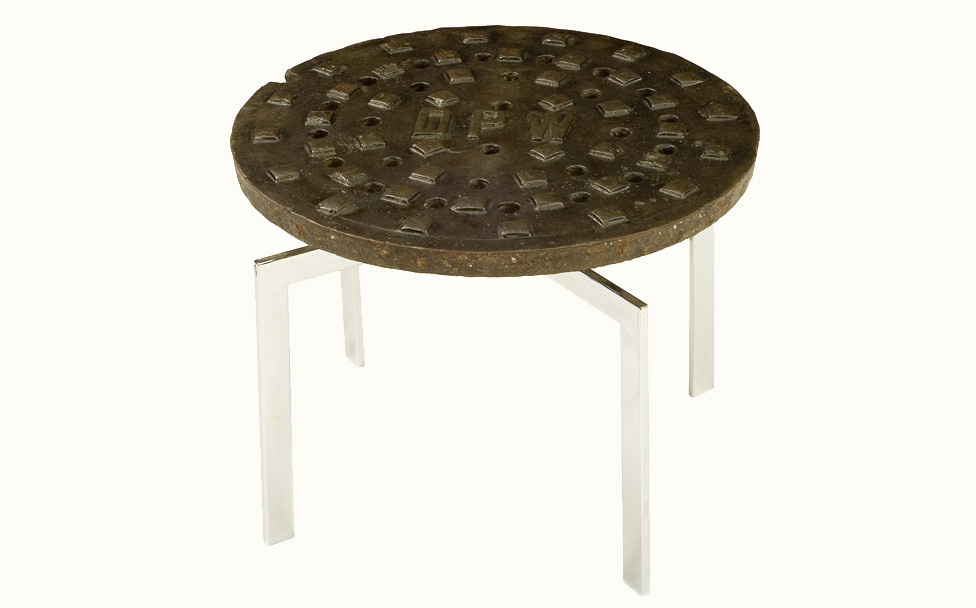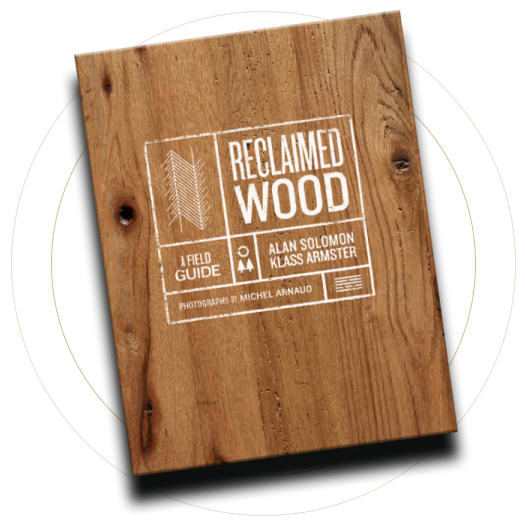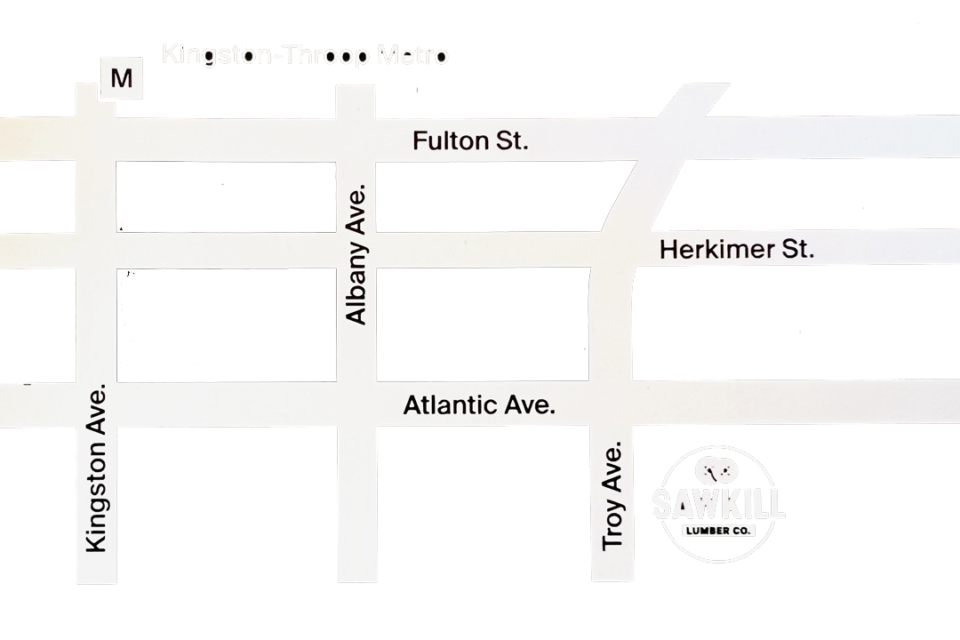Lorem ipsum dolor sit amet, consectetur adipiscing elit. Quisque vitae dolor non magna fringilla dignissim eget sed nisl. Cras eu pretium nisi, nec cursus purus. Vivamus efficitur, arcu ut tempus molestie, ipsum nunc auctor ipsum, eget condimentum magna odio ac nunc. Donec lacinia purus est, ac maximus magna gravida ut. Sed bibendum risus ut commodo pulvinar. Donec euismod sit amet nulla tincidunt vulputate. Nam aliquam vehicula felis vitae maximus. Aenean risus leo, aliquam vel ullamcorper vel, venenatis vitae velit. Phasellus sodales ultrices lorem, vitae placerat justo molestie sed. In augue arcu, semper vitae sollicitudin non, pellentesque sit amet arcu. Fusce vehicula enim eu dapibus convallis. In hac habitasse platea dictumst. Sed et quam nec ligula lacinia venenatis vel in erat. Nunc ultricies lacus lectus, eget luctus diam volutpat ut.
Uncategorized
Salvaged Stories
Salvaged Stories documents dismantled structures in the New York City area and the lumber that is salvaged from the sites. The research follows the journey of a log, from it’s evolution as a tree species to a building and design project in the 21st century. The research and documentation includes natural history, tree anatomy, dendrochronology, early American logging and lumber heritage, historical construction techniques, the layers of history within an individual buildings, demolition process and related areas. Tracking re-uses of the lumber to new building and design projects maintains a living history of this unique piece of the city’s material culture. It’s a work in progress by our staff and a succession of compensated interns. Read more at Sawkill research.
The structures primarily span from the Erie Canal era (1832, 211 Pearl St.) to modern times (NY Public School scaffolding planks c. 2005). Some are rare architectural treasures, others are rarely given a second look – but there wouldn’t be another building like it again. Every stick of lumber has a story to tell – whether about a building (862 Washington Ave., NY), a city neighborhood (1099 Leggett Ave., South Bronx), a structural icon (a Park Ave. rooftop water tank), a person associated with the site (P.S. 17, Henry David Thoreau School), or the trees themselves and where they grew – before their journey to becoming the structural heart woods of New York City.
Miles & May Manhole Cover Table
Rolling out the Bklyn Warehouse
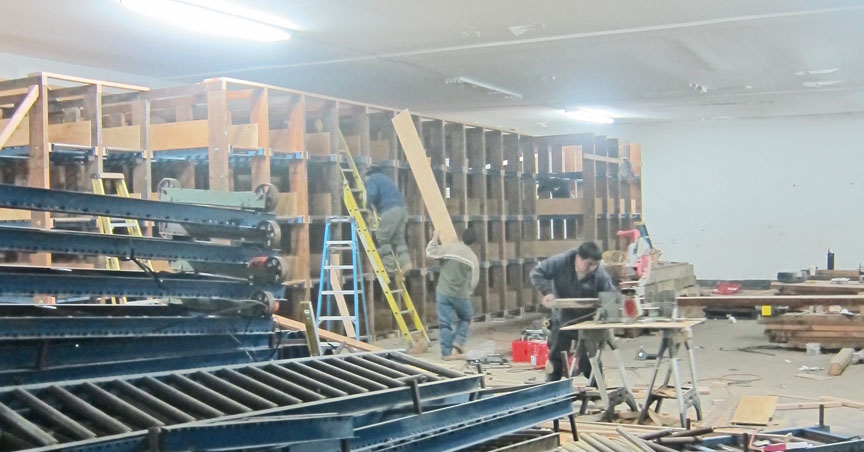 The bin build out at the Brooklyn warehouse (71 Troy Ave.) is being completed. The innovative system utilizes salvaged conveyor rollers from Pennsylvania and reclaimed dimensional lumber (3 x 10’s) from the city within a conventional lumber storage grid, allowing visitors to pull stacks of wood into an open area for sorting.
The bin build out at the Brooklyn warehouse (71 Troy Ave.) is being completed. The innovative system utilizes salvaged conveyor rollers from Pennsylvania and reclaimed dimensional lumber (3 x 10’s) from the city within a conventional lumber storage grid, allowing visitors to pull stacks of wood into an open area for sorting.
Reclaimed nails
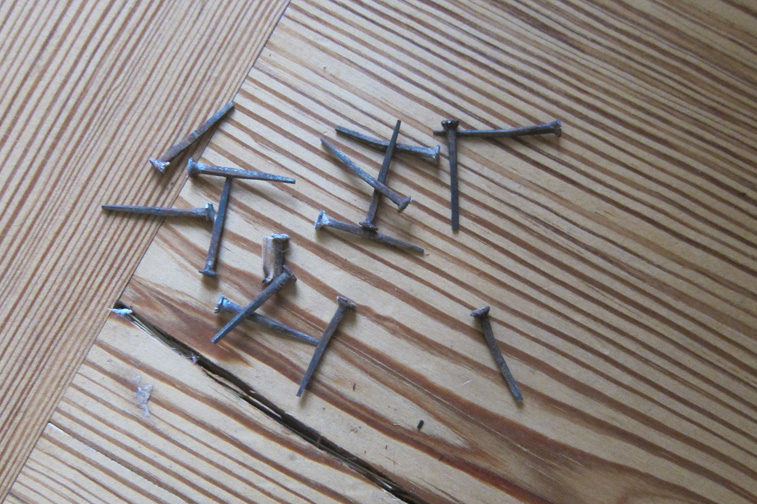 The reclaimed wood wall strips in the house were fastened with small nails. Like the Muir Web, where tiny creatures are essential building blocks of nature, this hardware item, barely longer than an inch, held together the built environment of 19th c. New York. Square edged and tapered, they’re a scaled down version of nails used for larger lumber. Often called ‘Class B Cut’, they combine the machine and hand made, chopped at an angle from a metal sheet, with a head formed from a quick strike to a heated end. They came in the millions from the iron belts of Birmingham or Sheffield, England or western Pennsylvania during the industrial era. Where they’ll go next is uncertain. (photo: nails on Longleaf Pine)
The reclaimed wood wall strips in the house were fastened with small nails. Like the Muir Web, where tiny creatures are essential building blocks of nature, this hardware item, barely longer than an inch, held together the built environment of 19th c. New York. Square edged and tapered, they’re a scaled down version of nails used for larger lumber. Often called ‘Class B Cut’, they combine the machine and hand made, chopped at an angle from a metal sheet, with a head formed from a quick strike to a heated end. They came in the millions from the iron belts of Birmingham or Sheffield, England or western Pennsylvania during the industrial era. Where they’ll go next is uncertain. (photo: nails on Longleaf Pine)
Tiny wall strips
 Reclaiming wood structural joists from row houses in the city can sometimes be a long shot, accounting for the lower volume of material (than industrial bldgs), lack of on site storage and other issues. So it’s rare to salvage even smaller members – interior wall studs and in this case, the finer wall stripping – from the wreckage. Blueline Construction was able to soften the demo touch just enough to pry out the 135 yr old wood strips, largely in-tact.
Reclaiming wood structural joists from row houses in the city can sometimes be a long shot, accounting for the lower volume of material (than industrial bldgs), lack of on site storage and other issues. So it’s rare to salvage even smaller members – interior wall studs and in this case, the finer wall stripping – from the wreckage. Blueline Construction was able to soften the demo touch just enough to pry out the 135 yr old wood strips, largely in-tact.
These woods possess some unique qualities that are welcome salvage for re-use in the house. For one, the aged softwoods are ready-made paneling – milled to 3/8″ and with old finishing nails that are easily tapped out. They also produce a range of natural brown tones, fine saw marks and the rhythm of small nail holes that add to their appeal. Cleaned and potentially waxed or oiled, the narrow boards produce a pin stripe effect against the rustic woods.
